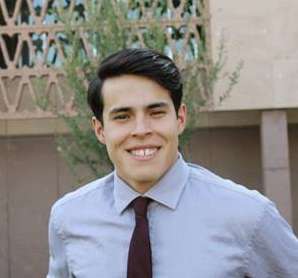The U.S. National Science Foundation (NSF) is investing $162 million into different institutions that will drive research into materials science to create “tangible benefits” for society.
The institutions that will receive funding include nine different research centers from the Materials Research Science and Engineering Centers (MRSECs) that will receive $18 million each.
“NSF’s Materials Research Science and Engineering Centers will help us seize new opportunities in semiconductors, biotech, quantum information and more, addressing the needs of our society and advancing critical emerging technologies,” said NSF Director Sethuraman Panchanathan. “They will do so by expanding and enriching the ecosystem of innovation across our country.”
The investment will go into conducting training of undergraduates and graduate students in different research fields that will push material science research into the future as well as focusing on helping benefit businesses with this research.
The different labs that will receive funding include all of the following.
- Center for Advanced Materials & Manufacturing, University of Tennessee, Knoxville;
- Center for Dynamics and Control of Materials, University of Texas at Austin;
- Center for Materials Innovations at Michigan, University of Michigan-Ann Arbor;
- Illinois Materials Research Science and Engineering Center, University of Illinois Urbana-Champaign;
- Laboratory for Research on the Structure of Matter, University of Pennsylvania;
- Materials Research Laboratory at the University of California, Santa Barbara;
- Northwestern University Materials Research Science and Engineering Center;
- University of Washington Molecular Engineering Materials Center;
- Wisconsin Materials Research Science and Engineering Center, University of Wisconsin-Madison.
“Since the 1970s, NSF’s Materials Research Science and Engineering Centers have yielded countless breakthroughs, from shape-morphing materials to plastics that conduct electricity,” said NSF Assistant Director for Mathematical and Physical Sciences Sean L. Jones.
The NSF’s funding will also become the catalyst to provide resources for STEM programs at many different K-12 institutions.

